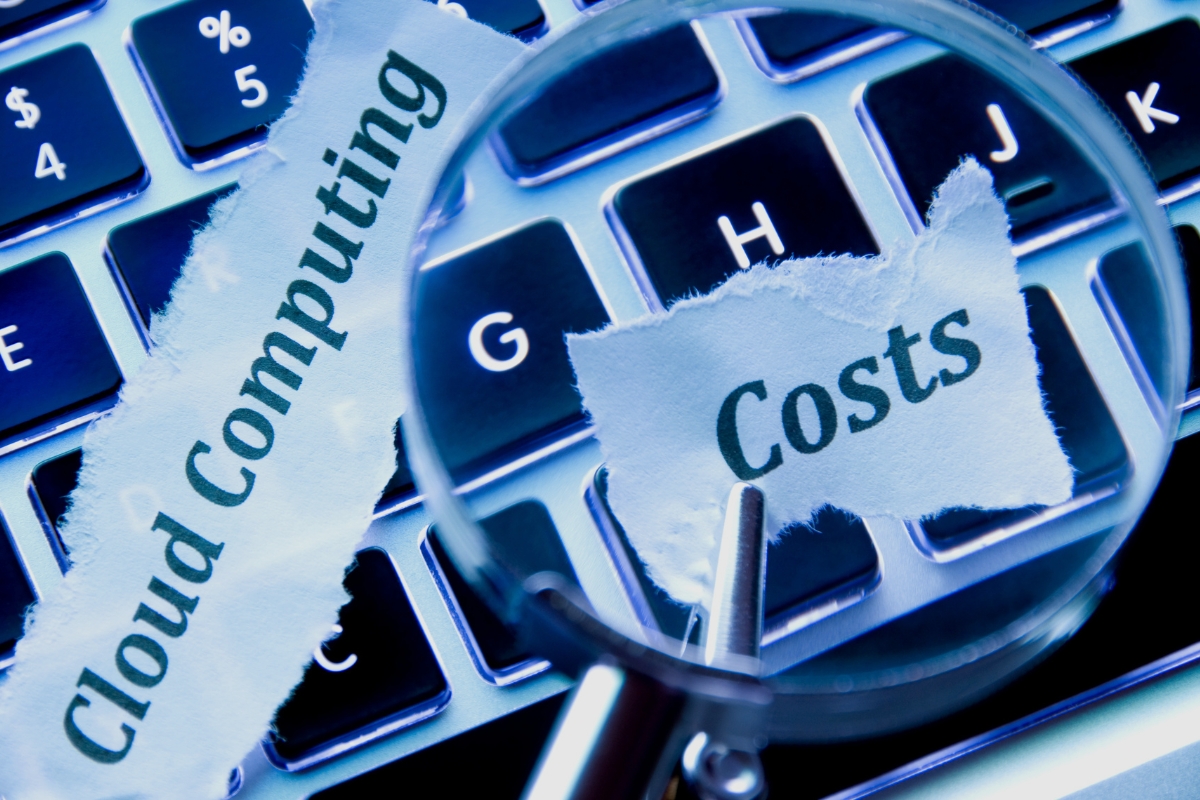The accounting treatment for cloud computing costs, specifically related to configuring or customizing a supplier’s application software in a cloud computing or Software as a Service (SaaS) arrangement, has been a topic of debate. While FRS 102 does not provide explicit guidance, the IFRIC agenda decision issued in March 2021 has helped clarify the appropriate approach under IFRS, which is informative for FRS 102 reporters as well. Let’s take a closer look at what this means in practice.
Key Takeaways
- Most cloud computing configuration and customization costs need to be expensed as incurred rather than capitalized under FRS 102, based on recent IFRIC clarifications.
- Costs can only be capitalized as an intangible asset if they result in the creation of an asset the entity controls and that meets the recognition criteria.
Can configuration and customization costs for cloud computing be capitalized under FRS 102?
The short answer is – it depends, but in most cases, no. The costs a company incurs for configuring or customizing a supplier’s application software in a cloud computing or SaaS arrangement will generally need to be expensed as incurred. They usually do not meet the definition of an intangible asset that can be capitalized.
To determine if such costs can be capitalized, entities need to carefully assess whether the configuration and customization activities create an intangible asset that the entity controls and that meets the recognition criteria laid out in FRS 102. In the majority of cloud computing arrangements, this will not be the case.

Understanding the IFRIC agenda decision
While FRS 102 itself is silent on the specific treatment of cloud computing costs, the March 2021 agenda decision from the IFRS Interpretations Committee (IFRIC) provides valuable insights that are relevant for FRS 102 reporters too.
The IFRIC concluded that in a cloud computing arrangement, configuration and customization costs often do not result in an intangible asset for the customer. The underlying software is typically controlled by the supplier, not the customer. Customizing the software also doesn’t create a resource controlled by the customer that is separate from the software.
As a result, configuration and customization costs incurred in implementing cloud computing arrangements will usually need to be recognized as an expense when incurred, unless:
- Those costs result in a separate intangible asset for the entity that meets the recognition criteria, or
- The costs represent payment for a good or service that is distinct from access to the software (in which case it would be accounted for under the relevant standard).
Assessing if an intangible asset is created
To capitalize cloud computing costs as an intangible asset, entities need to determine if the configuration and customization activities create a resource that:
- Is controlled by the entity
- Is identifiable and non-monetary without physical substance
- Is expected to provide future economic benefits to the entity, and
- Has a cost that can be measured reliably
This assessment requires careful analysis of the specific facts and circumstances and the contractual terms of the cloud computing arrangement.
Factors to consider include:
- Does the entity have the power to obtain the future economic benefits flowing from the underlying resource and to restrict others’ access to those benefits?
- Is the configured/customized software distinct from the underlying software?
- Does the entity own the intellectual property rights arising from the configuration/customization?
- Can the configured/customized software be sold, transferred, licensed, rented or exchanged?
In most cases, the configuration/customization will not result in an intangible asset for the entity, as the underlying software is controlled by the supplier. The entity usually just receives a service of access to the supplier’s software rather than control of the software itself.

Potential to account for some arrangements as leases
Some entities are exploring whether certain cloud computing arrangements could be accounted for as leases under IFRS 16 (or Section 20 of FRS 102), especially when the underlying software is hosted and maintained on the supplier’s server.
To be accounted for as a lease, the cloud computing arrangement would need to convey to the customer the right to obtain substantially all the economic benefits from use of the software throughout the period of use, and the right to direct the use of the software.
This assessment is highly judgmental and depends on the specific contractual terms. In many cases, the supplier will have substantive substitution rights over the software, which would preclude lease accounting. The customer also often will not have decision-making rights over how and for what purpose the software is used throughout the period of use.
However, if a contract does convey to the customer the right to control the use of specific software, there may be scope to apply lease accounting and capitalize the costs. Entities will need to carefully evaluate their unique circumstances.
Conclusion
The accounting for cloud computing costs is a complex area requiring judgment. While FRS 102 is not explicit, the IFRIC agenda decision indicates most configuration and customization costs will need to be expensed as incurred. Entities can only capitalize such costs if they result in the creation of an intangible asset controlled by the entity that meets the recognition criteria – which will be rare in a cloud computing context.
As more and more entities move their applications and data to the cloud, finance teams will need to be diligent in assessing the appropriate accounting treatment. A thorough understanding of the contractual terms and a detailed analysis against the intangible asset criteria is essential. Getting it right will be key to ensuring the financial statements accurately reflect the economics of these arrangements.
